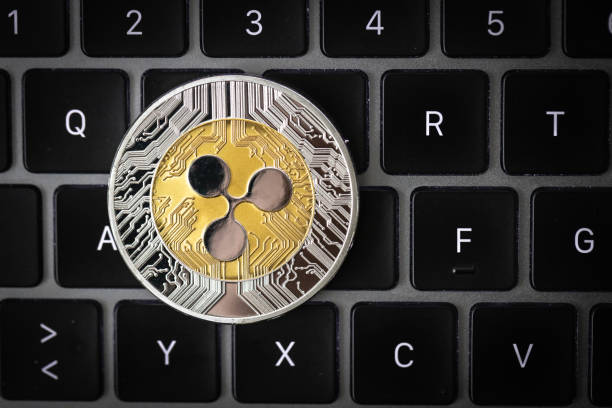XRP, the digital currency associated with Ripple, has witnessed significant price movements over the years. These fluctuations have left many investors and enthusiasts scratching their heads, wondering what lies beneath the surface. In this article, we will explore the shocking truth behind XRP price movements.
Market Sentiment and Speculation
One of the primary factors influencing XRP’s price is market sentiment and speculation. The cryptocurrency market is highly volatile, and XRP is no exception. Positive news, such as partnerships or regulatory approvals, can drive up the price as investors become more optimistic about its future. For example, when Ripple announced a major partnership with a well – known financial institution, XRP’s price saw a significant spike as speculators rushed to buy in anticipation of increased adoption.
Conversely, negative news, like regulatory crackdowns or security concerns, can cause the price to plummet. In some cases, false rumors spread on social media can also create panic selling, leading to sharp drops in the price. Traders who closely follow market sentiment often try to capitalize on these short – term price movements, further contributing to the volatility.
Regulatory Environment
The regulatory environment plays a crucial role in XRP’s price. Different countries have varying stances on cryptocurrencies, and XRP has faced its fair share of regulatory challenges. In the United States, the Securities and Exchange Commission (SEC) filed a lawsuit against Ripple, alleging that XRP was an unregistered security. This lawsuit had a profound impact on XRP’s price, causing it to drop significantly as investors worried about the future of the cryptocurrency.
On the other hand, when a country announces favorable regulations for cryptocurrencies, it can boost XRP’s price. For instance, if a major economy were to recognize XRP as a legitimate payment method, it would likely attract more institutional investors and increase its demand, leading to a price increase.
Competition in the Cryptocurrency Space
XRP faces stiff competition in the cryptocurrency market. There are numerous other digital currencies, each with its own unique features and use cases. For example, Bitcoin is often seen as a store of value, while Ethereum is known for its smart contract capabilities. If a competing cryptocurrency launches a new and innovative feature that XRP lacks, it could lead to a shift in investor interest and a decrease in XRP price.
Moreover, new entrants in the market can also disrupt the status quo. A promising new cryptocurrency with a better technology or a more attractive value proposition may draw funds away from XRP, causing its price to decline. To stay competitive, Ripple needs to continuously innovate and improve XRP’s features.
Adoption and Utility
The level of adoption and utility of XRP is another key factor affecting its price. The more real – world use cases XRP has, the more valuable it becomes. Ripple aims to use XRP for cross – border payments, which could potentially revolutionize the traditional banking system. If more financial institutions start using XRP for their payment settlements, it would increase the demand for the cryptocurrency and drive up its price.
However, slow adoption rates can have the opposite effect. If Ripple fails to convince enough institutions to adopt XRP, the price may remain stagnant or even decline. For example, if a large bank decides to develop its own in – house payment system instead of using XRP, it would be a setback for the cryptocurrency’s price.


